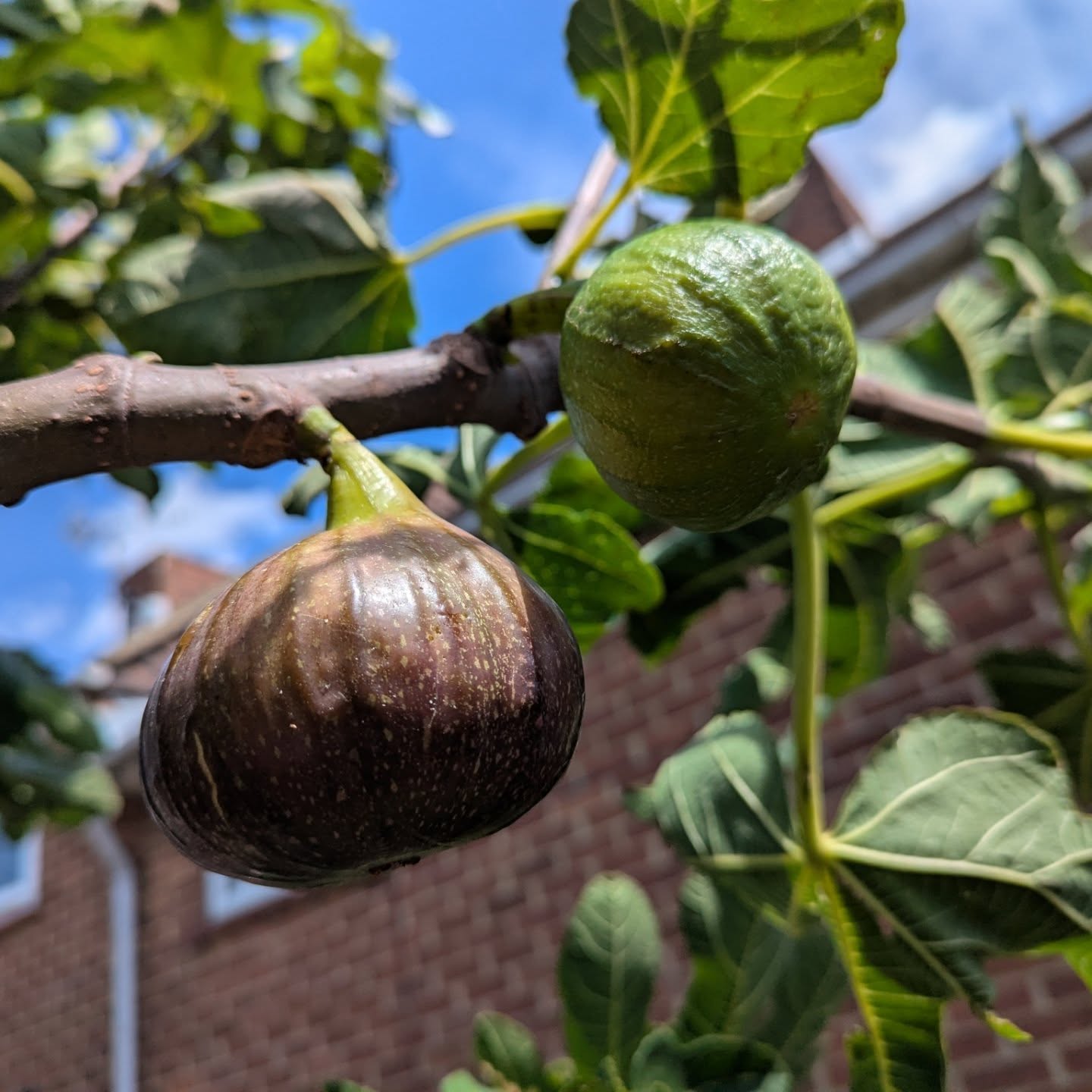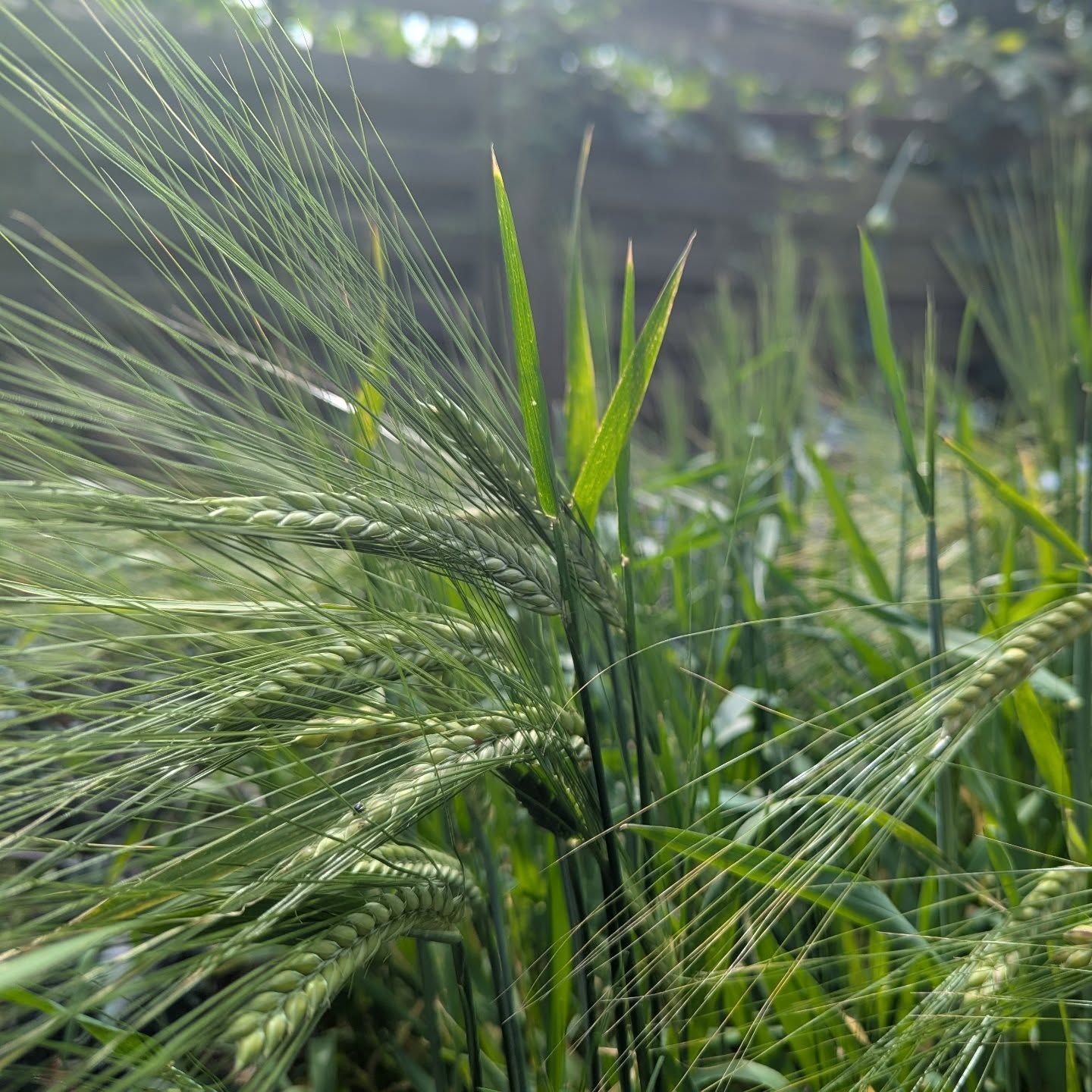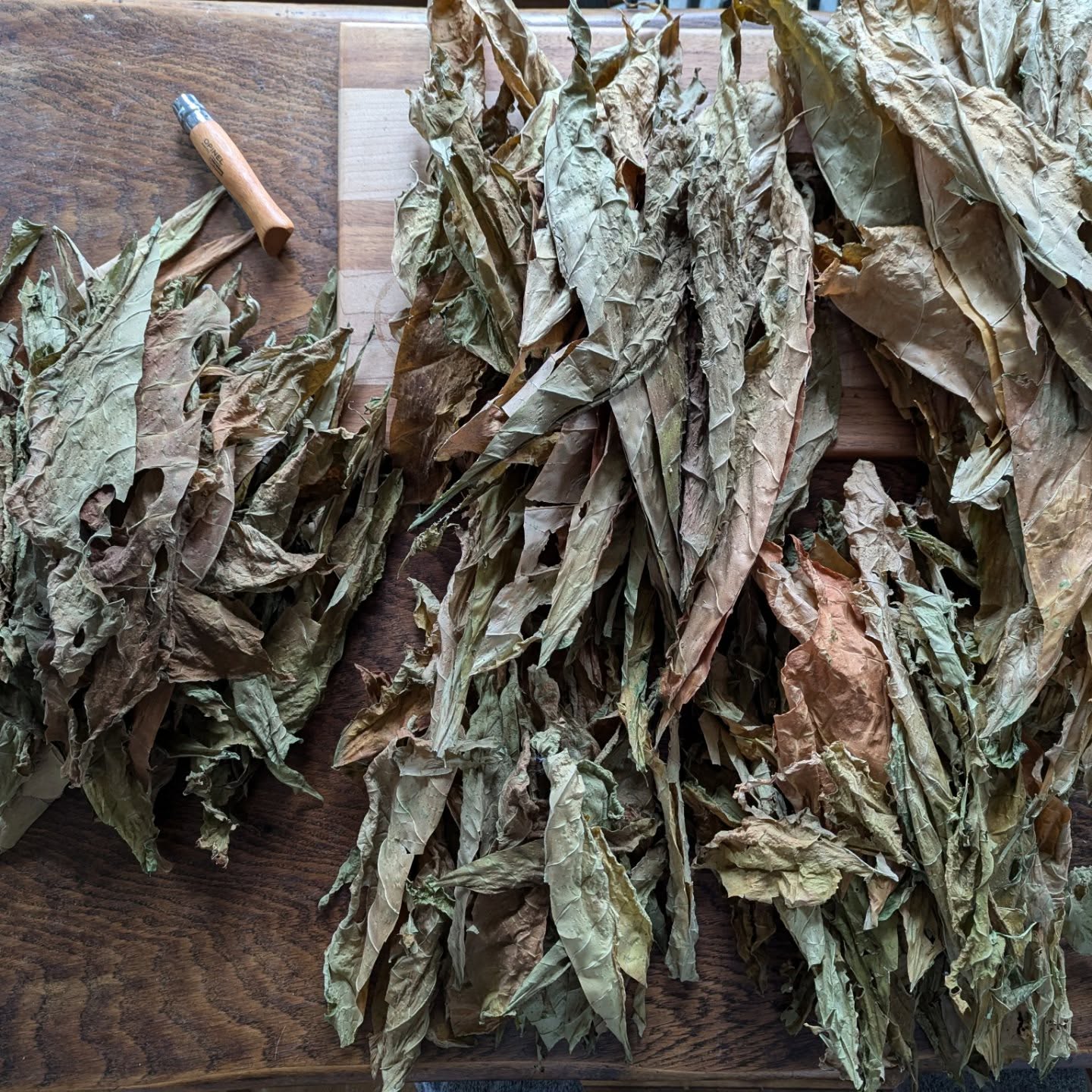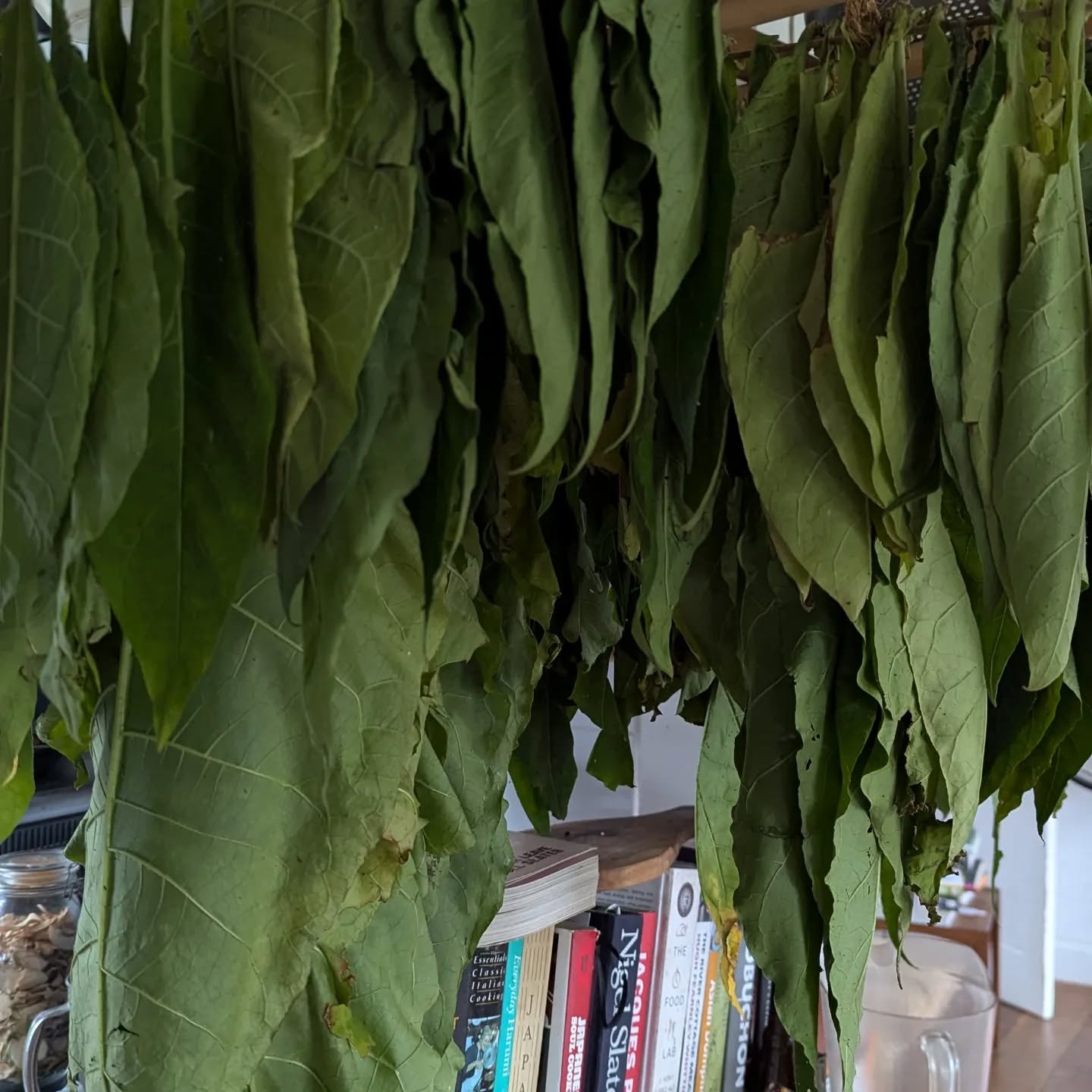· James Torr · Personal · 2 min read
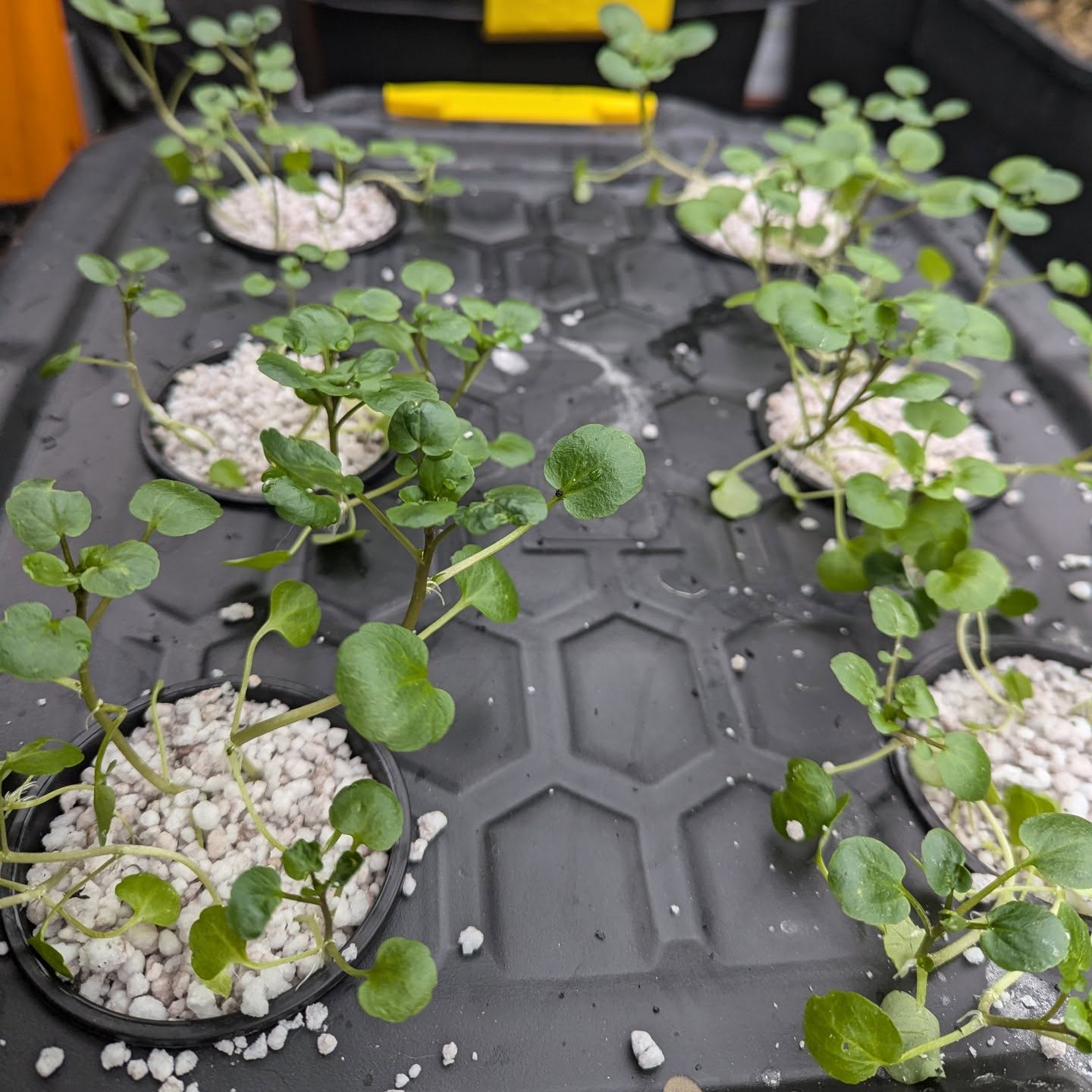
Kratky method hydroponic watercress.
Kratky method hydroponic watercress. It’s very easy to get sucked into internet rabbit holes, some you find are deeper than others. Hydroponic growing is one of those deep ones that I think appeals to a certain type of “technical solutions” person. Fortunately, I didn’t have to go too deep for this project.
Bernard Kratky was a researcher at the university of Hawaii, and he developed a low tech hydroponic growing system that didn’t require any electricity or moving parts. This is as opposed to other systems that require pumps and aeration to circulate the water.
The big issue is lack of oxygen to the roots, and subsequent rot. Kratky solved this by simply giving the plants a bit of space for their roots to be exposed to the air. A net pot containing some neutral medium (perlite here) sits with its bottom 5% in a reservoir of water, and as the roots and plants grow, the level slowly drops until the plant is fully grown. At the end of the growth cycle, the reservoir is much lower, and roots often touching the bottom of the container, in theory, lush and healthy.
Watercress may thrive in our damp climate, but they love water, so I started with this plant to see how they’d enjoy it. I’ve drilled 6 holes into the lid of a 42l container. Watercress seedlings are placed in perlite medium. I used the so called Masterblend mix, dissolving three different growing salts into the solution: flowering fertiliser, epsom salts andcalcium nitrate.
I’ve added another with some Chinese cabbage, because the slugs loved them too much. Greenhouse offers some protection.
I’ve seen some impressive results from this method. It tends to work best with vegetal growth, so lettuce, herbs, greens will all do well here, when you harvest them at full growth. These systems are maintenance free once they’re set up, and I can put plants in the greenhouse away from garden pests and any harsh, cool, Winter weather.
